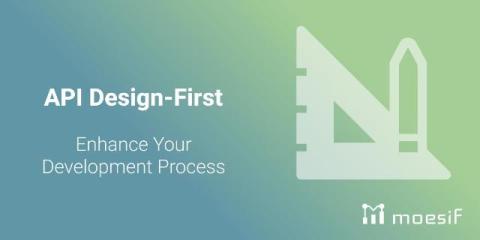Snowflake Summit 2024 | Opening Keynote
Watch the full Opening Keynote presentation from Snowflake Summit 2024. The presentation features comments by Snowflake CEO Sridhar Ramaswamy, who discusses the impact AI has had across every organization, followed by a CEO fireside conversation between Sridhar and NVIDIA Founder and CEO Jensen Huang, who discusses what the future holds in this new AI era.











